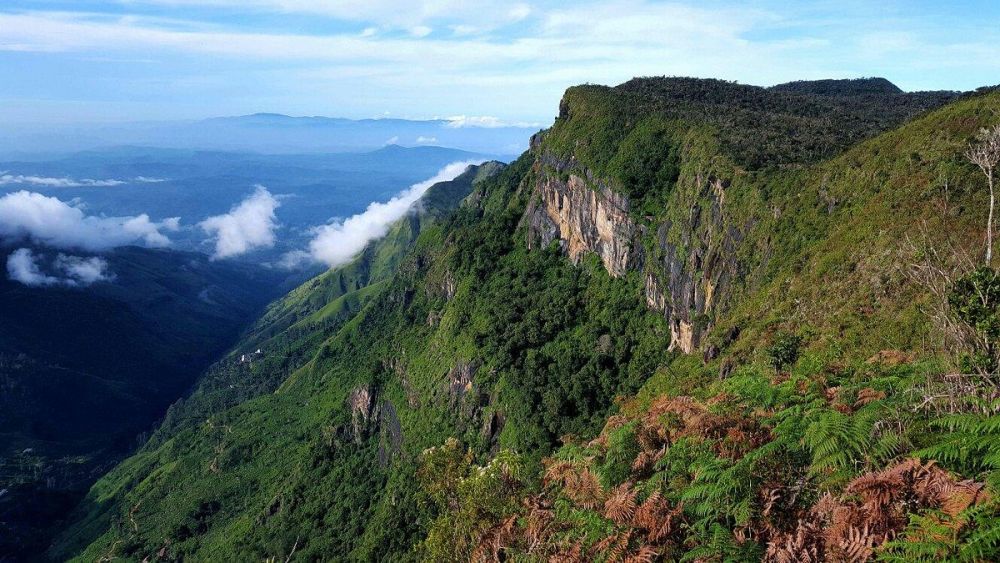

Horton Plains National Park is a stunning plateau set in the highlands of Sri Lanka, Nuwara Eliya, and has been a key figure in the history of tourism in Sri Lanka. The park covers an area of 3,160 hectares and lies at an elevation of 2,100 meters above sea level. It is a haven for a diverse range of flora and fauna, some of which are endemic to the park.
The history of Horton Plains as a tourist destination dates back to the time of British colonial rule. The British found the climate and landscape similar to that of their homeland and started visiting the area to escape the tropical heat of the lowlands. By the late 19th century, the park had become a popular holiday retreat for British officials, earning the area its name after Sir Robert Wilmot-Horton, the British Governor of Ceylon (Sri Lanka) from 1831 to 1837.
Due to its unique ecosystem and rich biodiversity, Horton Plains was declared a nature reserve in 1969 and eventually elevated to a national park in 1988. The park is part of the Central Highlands of Sri Lanka, which are designated a UNESCO World Heritage Site, attracting tourists from all over the world interested in nature conservation and ecological diversity.
Tourism in Horton Plains primarily focuses on eco-tourism and adventure travel. One of the main attractions is World's End, a sheer cliff with a drop of about 880 meters, offering breathtaking panoramic views of the surrounding mountains and valleys. Another popular spot is Baker's Falls, a picturesque waterfall named after Sir Samuel Baker, a famous explorer.
Visitors to Horton Plains can engage in several activities including hiking, bird watching, and wildlife photography. The most famous hike is the Horton Plains Circular Trail, a 9-kilometer loop that takes tourists through a variety of ecological zones.
In recent years, Horton Plains National Park has embraced sustainable tourism practices to preserve its delicate ecosystems. The current trend involves limiting the number of visitors per day to prevent overcrowding and environmental degradation.
Additionally, the park management has implemented strict rules against littering and has taken measures to educate visitors on the importance of conservation. Programs to study and protect the endemic species of Horton Plains are also gaining traction, making the park a center for conservation research.
While Horton Plains continues to be a popular destination, it faces challenges such as climate change impacts and human-induced pressures. However, through joint efforts by the Sri Lankan government, environmental organizations, and local communities, significant strides are being made to safeguard this unique ecosystem for future generations.
As tourism continues to evolve in this majestic landscape, maintaining a balance between visitor experiences and conservation remains a top priority, ensuring that Horton Plains National Park remains a pristine and enchanting destination for years to come.